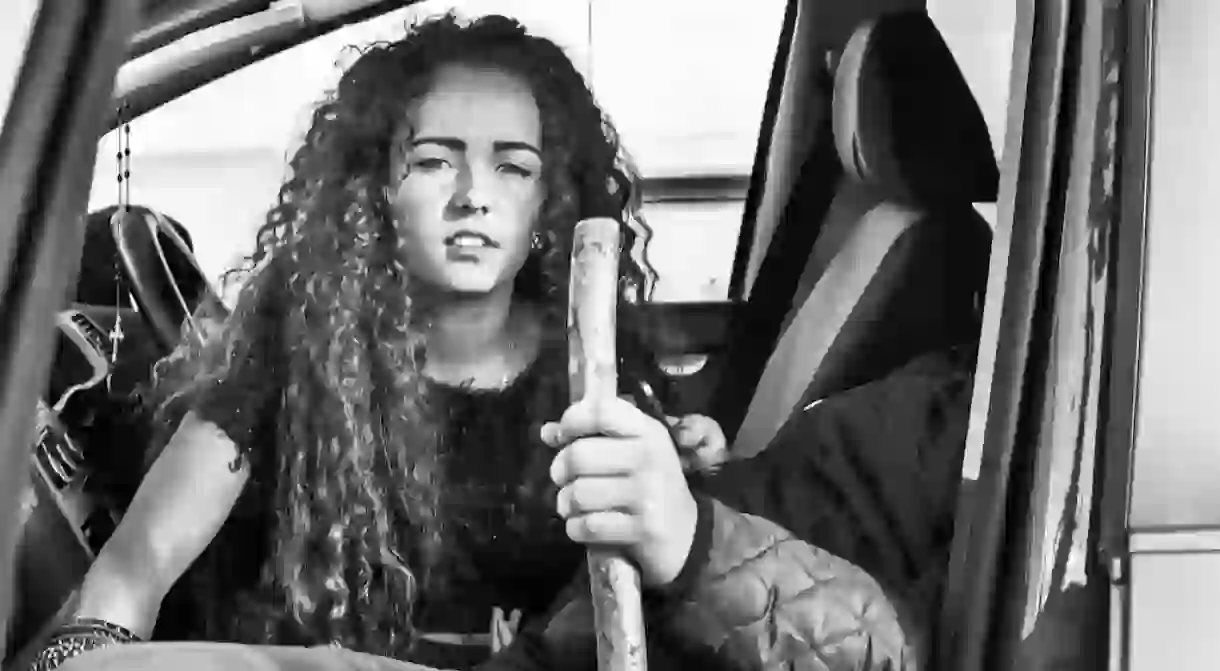A Brief History of Irish Travellers, Ireland’s Only Indigenous Minority

After a long battle, Irish Travellers were finally officially recognised as an indigenous ethnic minority by Ireland’s government in early March 2017. Here, Culture Trip takes a look at the origins of the Irish Travelling community and how the historic ruling came about.
At the time of the 2011 census, there were around 29,500 Irish Travellers in the Irish Republic, making up 0.6% of the population. The community was found to be unevenly distributed across the country, with the highest number living in County Galway and South Dublin. Although – as the name suggests – Irish Travellers have historically been a nomadic people, the census showed a majority living in private dwellings.

Throughout Irish history, the Travelling community has been markedly separated from the general Irish population, resulting in widespread stereotyping and discrimination. The same year as the census, a survey conducted by Ireland’s Economic and Social Research Institute found that Irish Travellers suffer widespread ostracism; this and other factors have been shown to contribute to high levels of mental health problems among Irish Travellers. Indeed, the 2010 All Ireland Traveller Health Study found their suicide rate to be six times the national average, accounting for a shocking 11% of Traveller deaths.

Through the 2011 census, members of the Travelling community were also found to have poorer general health, higher rates of disability and significantly lower levels of education as compared to the general population, with seven out of 10 Irish Travellers educated only to primary level or lower.

Because of a lack of written history, the exact origins of the Irish Travelling Community have been difficult to clarify. Although it had been hypothesised, until relatively recently, that Irish Travellers may be linked to the Romani people, a genetic study released in February of this year revealed this connection to be false.

The study found that Travellers are of Irish ancestral origin, but split off from the general population sometime around the mid-1600s – much earlier than had been thought previously. In one widely quoted finding, the DNA comparisons conducted in the course of the research found that while Irish Travellers originated in Ireland, they are genetically different from ‘settled’ Irish people, to the same degree as people from Spain.

The results of the study, conducted by the Royal College of Surgeons in Ireland, University College Dublin, the University of Edinburgh and the Hebrew University of Jerusalem, contributed significantly to Irish Travellers being officially designated an ethnic minority, defined as a group within a community with different national or cultural traditions from the main population.

Speaking to RTE on the day of the ruling, former director of the Irish Traveller Movement Brigid Quilligan said, ‘We want every Traveller in Ireland to be proud of who they are and to say that we’re not a failed set of people. We have our own unique identity, and we shouldn’t take on all of the negative aspects of what people think about us. We should be able to be proud and for that to happen our State needed to acknowledge our identity and our ethnicity, and they’re doing that today.’













